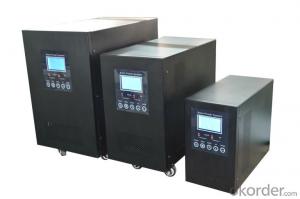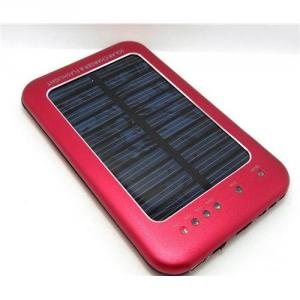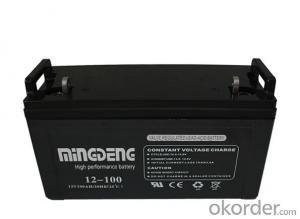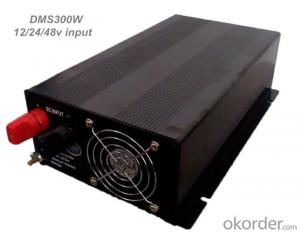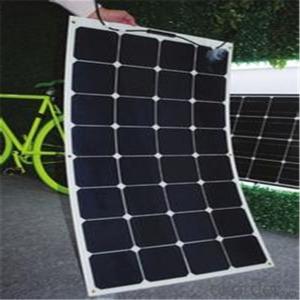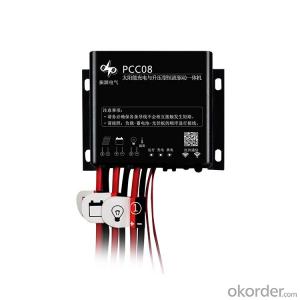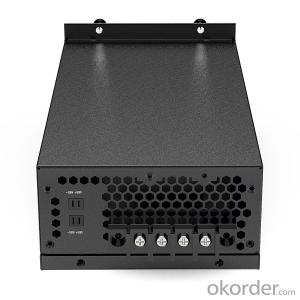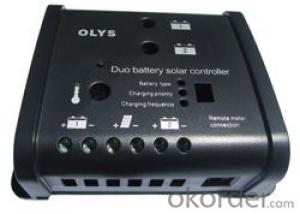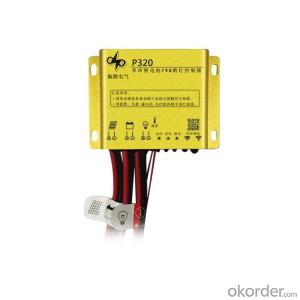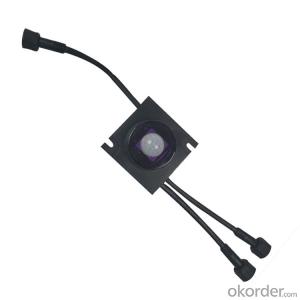12v Solar Inverter Charger
12v Solar Inverter Charger Related Searches
Best Solar Inverter For Home Home Power Inverter For Solar Best Inverter For Solar Pv Best Inverter For Solar Mini Solar Inverter For Home Solar Panel Inverter For Rv Inverter For 5kw Solar System Inverter For Solar Power Plant Inverter For Home Solar Solar Power Inverter For RvHot Searches
Inverter Size For Solar System Solar With Inverter Price Solar Inverter With 2 Battery China Solar Inverter 3kw 220v China Solar Inverter 3kw Inverter Solar System Price 1 Kva Solar Inverter Price Solar Inverter 1 Kva Price 1 Mw Solar Inverter Price 12v Solar Inverter Price Solar Inverter Charger Price Sine Wave Solar Inverter Price Sma 3kw Solar Inverter Price 3kw Solar Inverter Price Solar Inverter Sine Wave Smart Solar Inverter Price Solar Inverter Charger Price Solar Energy Price Home Solar Energy Cost Solar Inverter Green Energy12v Solar Inverter Charger Supplier & Manufacturer from China
Okorder.com is a professional 12v Solar Inverter Charger supplier & manufacturer, offers integrated one-stop services including real-time quoting and online cargo tracking. We are funded by CNBM Group, a Fortune 500 enterprise and the largest 12v Solar Inverter Charger firm in China.Hot Products
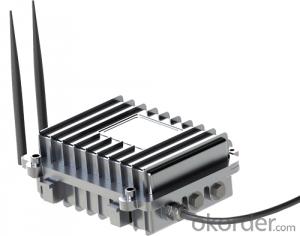
Internet of Things Wireless Centralize Controller Remote Monitor System MPPT Solar Charge Controller
FAQ
- Advantages of an MPPT (Maximum Power Point Tracking) solar controller include increased efficiency in converting solar energy into electrical power, which results in higher energy yields. MPPT controllers can also handle higher voltage solar modules, allowing for longer cable runs and reduced voltage drop. Additionally, MPPT controllers offer better adaptability to changing weather conditions and varying solar panel orientations. However, there are a few disadvantages to consider. MPPT solar controllers can be more expensive compared to traditional PWM (Pulse Width Modulation) controllers. They may also require additional components such as DC-DC converters, which can increase system complexity and cost. MPPT controllers are also more susceptible to damage from overvoltage conditions, and their efficiency can be affected by extreme temperature variations. Despite these drawbacks, the advantages of an MPPT solar controller, such as increased energy production and flexibility, make it a popular choice for maximizing the solar power output in various applications.
- Yes, a solar controller can be used with different types of solar batteries as long as the voltage and charging parameters are compatible with the specific battery type. However, it is important to ensure that the controller is designed to support the specific chemistry and requirements of the battery to optimize its performance and lifespan.
- Yes, a solar controller can be used with solar-powered indoor vertical farming systems. A solar controller is an essential component of a solar power system as it regulates the flow of electricity from the solar panels to the batteries, ensuring optimal charging and preventing overcharging. In the context of indoor vertical farming systems powered by solar energy, a solar controller helps manage the energy generated by the solar panels, storing it in batteries for later use or directly powering the system. It helps maintain a stable power supply, prevents damage to the batteries, and maximizes energy efficiency. Therefore, using a solar controller with a solar-powered indoor vertical farming system is highly recommended to ensure reliable and efficient operation.
- The maximum output current for a solar controller is determined by its specifications and can vary depending on the model and design. It is typically mentioned in the product's documentation or labeling, and can range from a few amperes to several tens of amperes.
- Yes, a solar controller can be used with a solar-powered greenhouse system. A solar controller helps regulate and optimize the power output from the solar panels, ensuring that the greenhouse system receives the right amount of energy. It also helps manage the battery storage and control the charging and discharging of the batteries, maximizing the overall efficiency and performance of the greenhouse system.
- Yes, a solar controller can be used in off-grid applications. In fact, it is an essential component in off-grid systems as it regulates the charging and discharging of batteries, ensuring optimal energy storage and utilization from solar panels. The solar controller helps to prevent overcharging, over-discharging, and other potential issues, making it a crucial component for off-grid power systems.
- Yes, a solar controller can be used with solar panels that are not facing directly towards the sun. Solar controllers are designed to optimize the charging efficiency of solar panels by regulating the flow of electricity and managing the battery charging process. Even if the solar panels are not directly facing the sun, the solar controller can still convert the available sunlight into usable energy and ensure efficient charging of the connected batteries.
- Yes, a solar controller can handle power surges from the charge controller. Solar controllers are designed to regulate and control the flow of power from the charge controller to the battery or load. They often have built-in protection features such as surge protection, overvoltage protection, and short circuit protection, which help prevent damage from power surges.










